Inmarsat Isatphone 2 review
A retro looking satellite phone promising global coverage
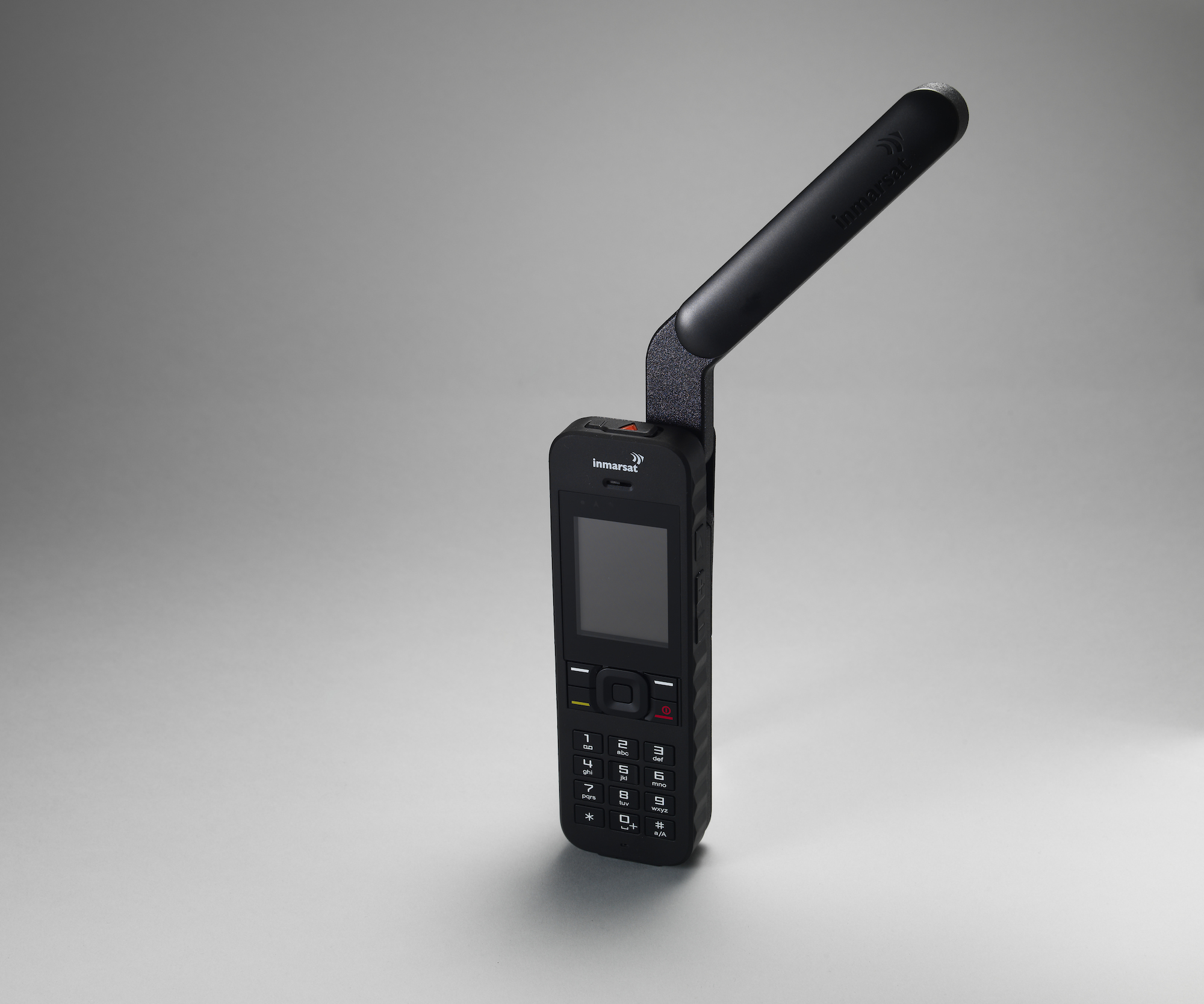
A unique handset, which will no doubt prove invaluable for those working in remote areas.
-
+
Widespread coverage; Easy to use; Replaceable battery; Rugged
-
-
Expensive; Bulky
The Isatphone 2 may look like its been transported from the 1980s, but it's capable of offering reception in remote areas across the world where regular smartphones would be rendered useless.
This is thanks to Inmarsat's dedicated satellite network, which claims to offer 99 per cent global coverage. The Isatphone 2 is also capable of sending/receiving messages and tracking location via GPS.
Design
The size and shape of the handset is unique. The fold-out antennae is 5ins long, making it almost as big as the body when it's extended. Anyone watching you use this will immediately see it's not a standard handset.
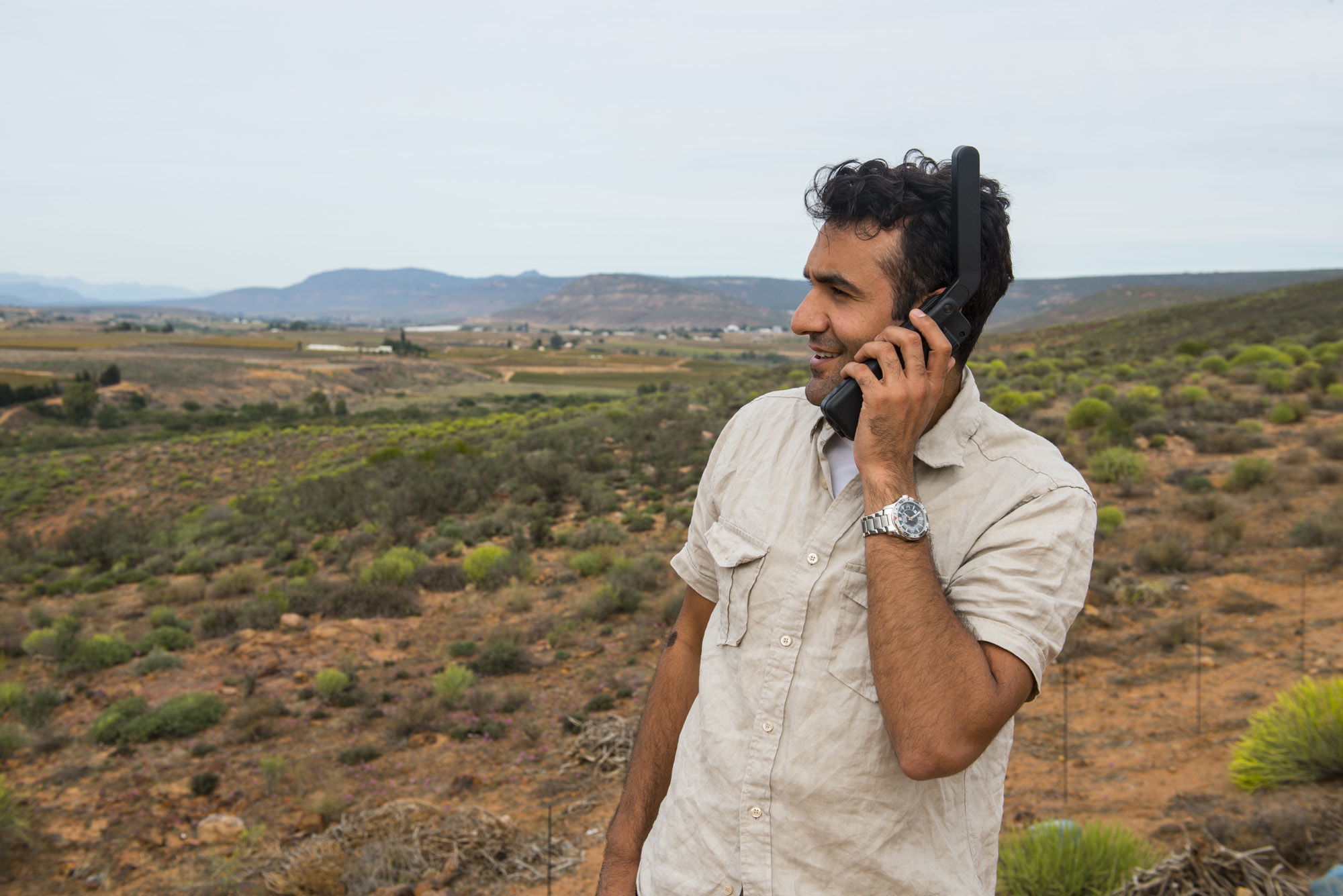
Inmarsat has chosen to go with a complete plastic shell. It may look cheap but the chassis is rock solid. There's no flex and even the aerial is secured in place with a chunky pin.
Use cases
The Isatphone 2 is designed for use by field workers in the government, oil and gas, NGOs and even the media who may be traveling to remote locations.
It's also ideal for those employees who need their location tracked and can save on international roaming charges.
Designed for use in extreme environments, the device can function in climates ranging from -20 to +55C and can tolerate a humidity level up to 95 per cent.
You interact with the device through the 2.1in colour screen. There's no touch screen capability but in all honesty it's not needed because the interface is easy to navigate with the physical buttons.
A large number pad makes it easy to tap in digits even when you're wearing thick gloves. The edges of the handset are also perforated to provide better grip.
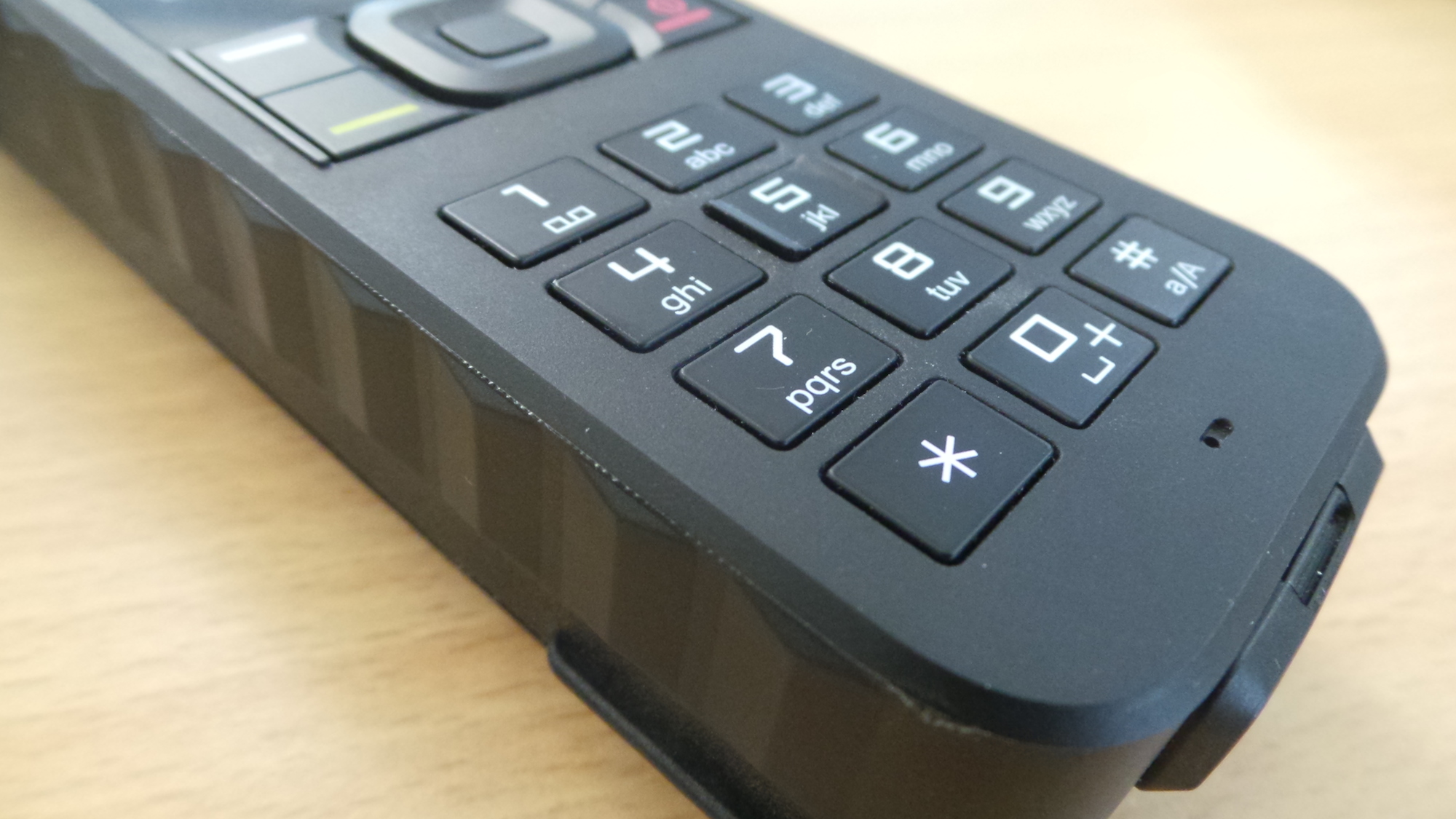
We like the addition of the 'Assistance' button at the top of the device. This can be configured so that pressing it will make a call to a recipient, or send an alert text message/email to one or more recipients in the event of an emergency.
To configure the Assistance button go to Location services > Assistance button > Configure > Assistance.
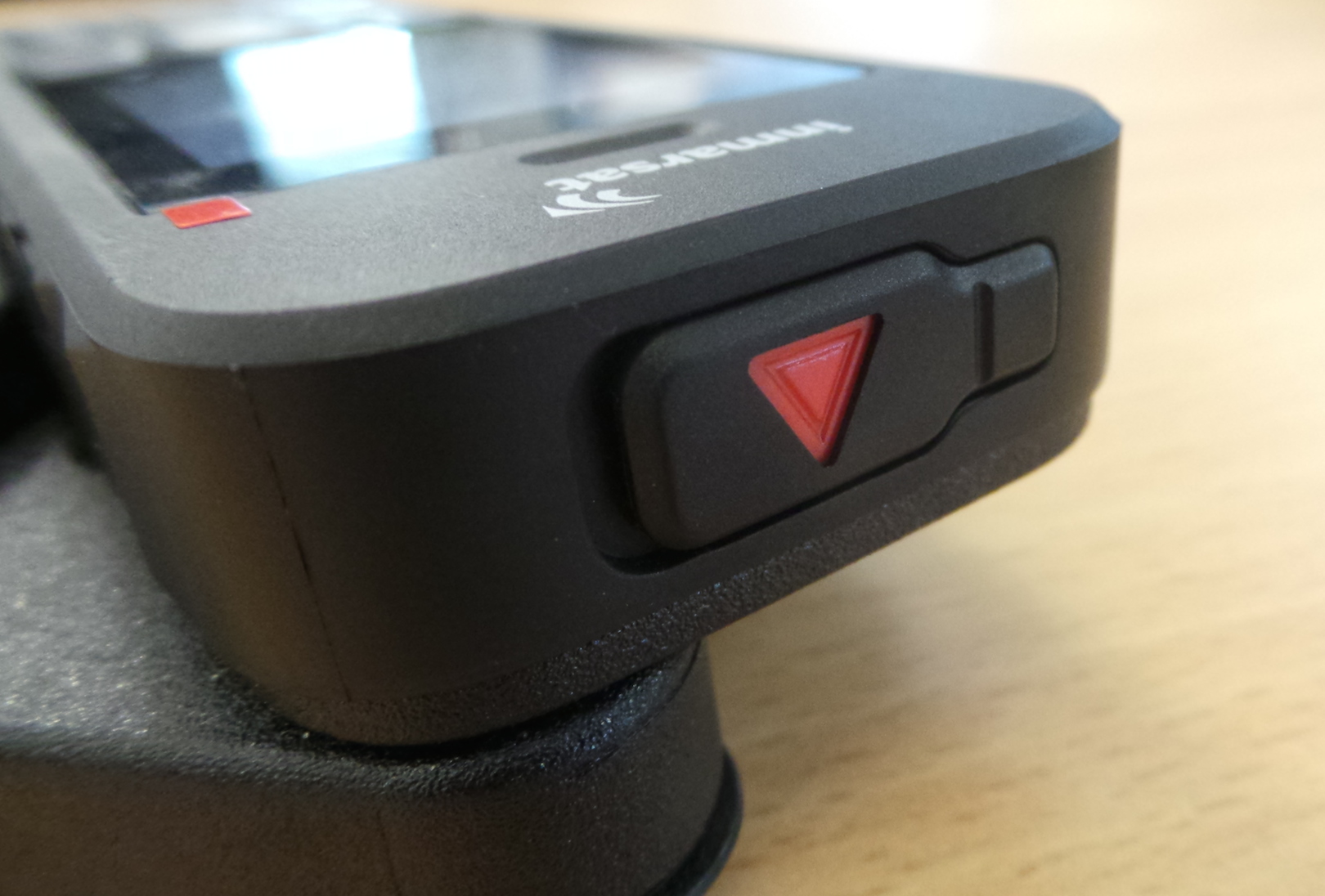
Setup
At its core, the Isatphone 2 is simple to use. After slotting the SIM-card into the back of the device, clipping in the battery and powering up the handset, you'll be asked to deploy the aerial to initiate satellite reception.
The first time you want to connect to a satellite, the device prompts you to configure the internal compass. This is done by waving the phone around in a figure-of-eight motion until it is calibrated. It takes 20-30 seconds to do this and progress is tracked on screen.
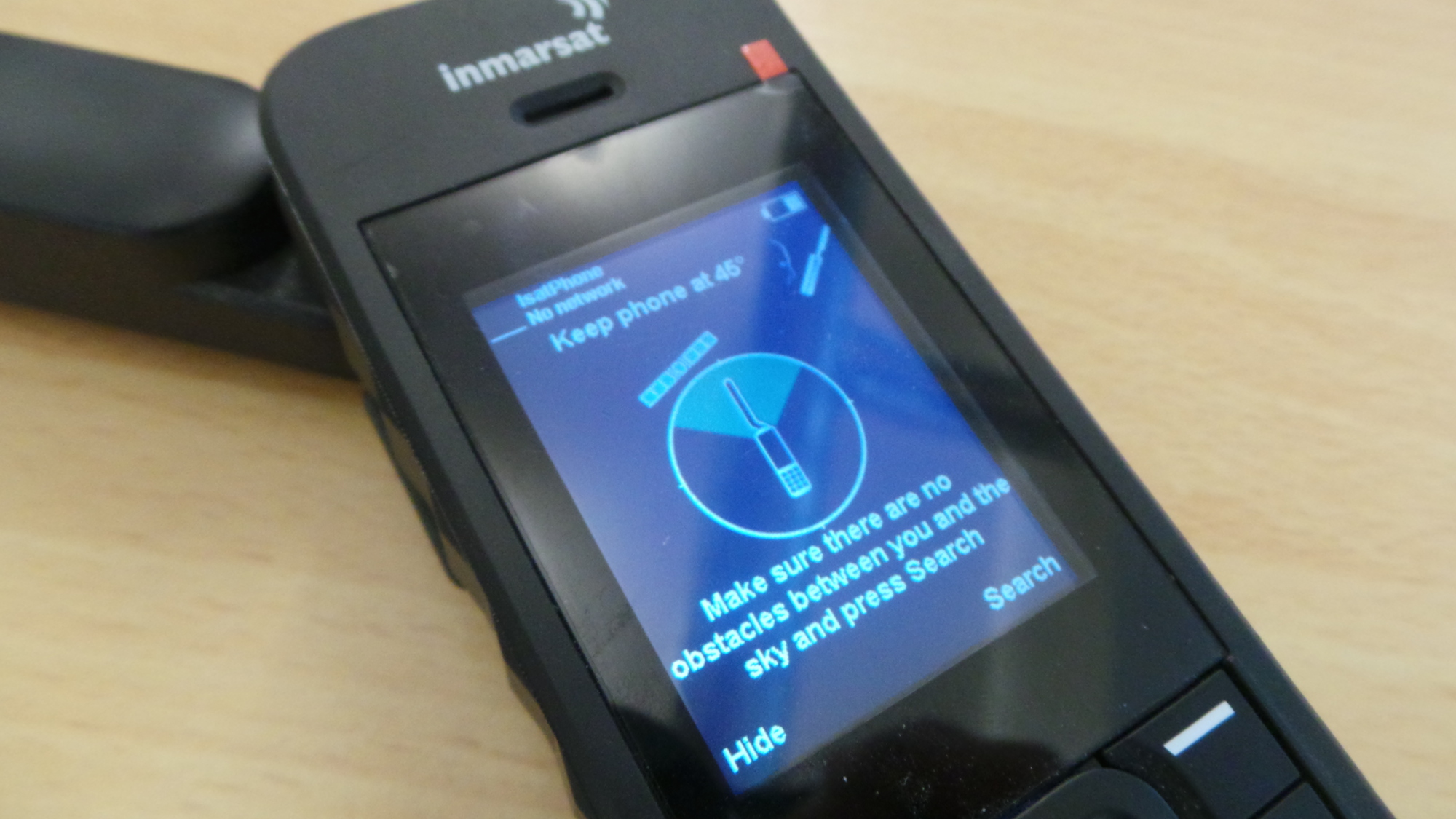
Once the device has been calibrated the phone will search for satellites based on your location. It's designed for use in clear open spaces where there is no block between the device the sky. If there is a problem, the handset will do into pointing mode' where it will ask you to line up the device with the satellite on screen to try and establish a connection.
After authorisation is complete, you're free to make and receive phone calls. You won't get bogged down in never-ending menus here.
Coverage & Performance
As the maps demonstrate, Inmarsat offers comprehensive coverage across the globe with a minor caveat. The firm prioritises communications above the 440S 00E Latitude.
In reality this means you "may experience a degradation of service" in areas below the red line, such as Antarctica, Argentina and the fringes of New Zealand.
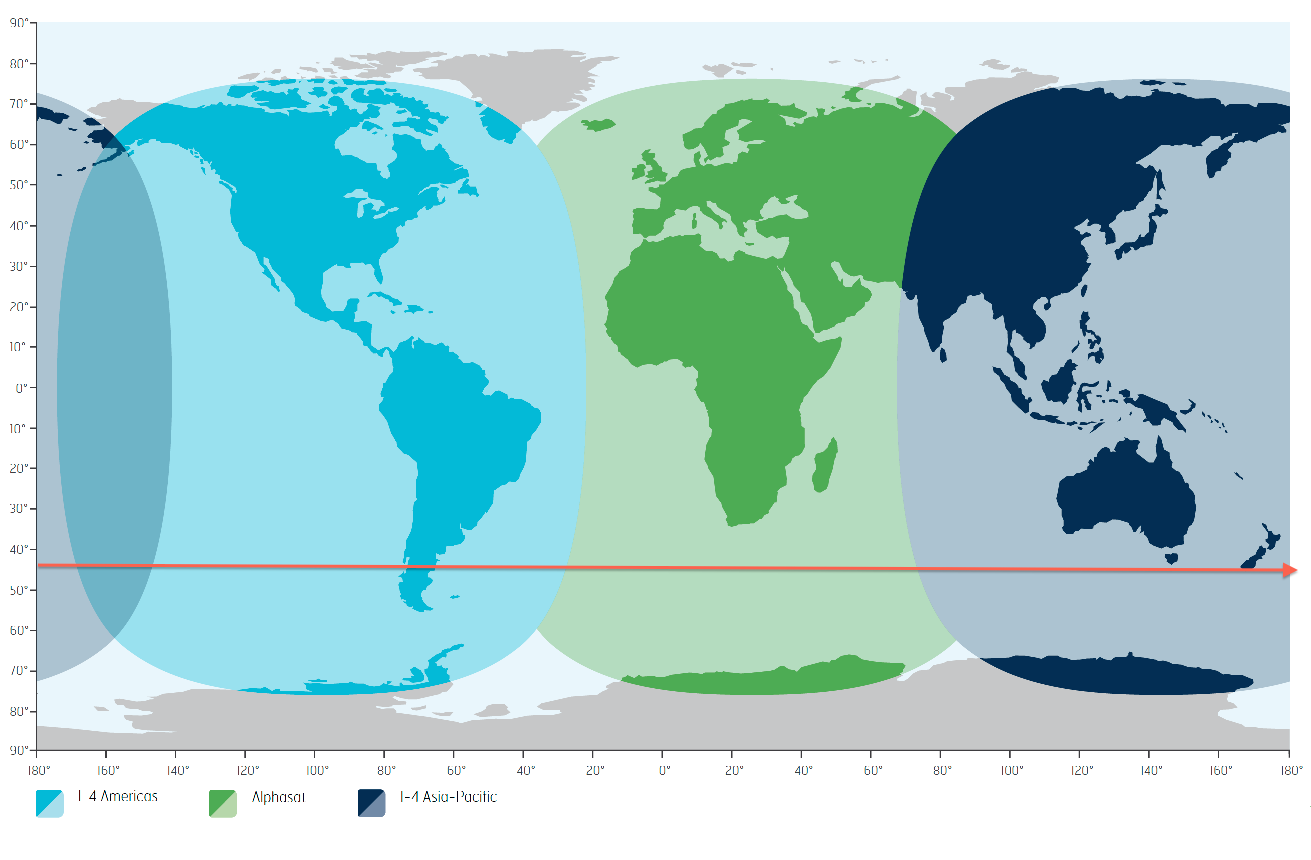
In 4 out of the 5 locations tested around London and Luton, we picked up a satellite signal without any problem in open spaces. Call quality was good - but it could do with noise cancellation to counter windy conditions.
Performance in built-up urban areas is limited. The device will struggle to connect when you're surrounded by tall buildings, so it's best to use cellular coverage. Even when on the the roof of the Dennis Publishing office, we found reception was flaky. It fluctuated between one bar and full strength signal, but we were still able to connect to a call.
The handset is capable of offering up to 8 hours of talk time and 160 hours on standby, so it doesn't need to be charged on a daily basis. The ability to carry around a spare and swap it in on the move is also invaluable considering you won't want to run out of juice in the middle of nowhere.
Overall
The units have an RRP of $999 but prices vary depending on the distributor. In the UK pricing starts at 520 ex VAT. Minutes can be purchased on a pay-as-you-go basis or a rolling monthly contract. Calls will work out at approximately 1 a minute inc VAT.
This is a niche device, but is useful if you've got employees in areas where there is no hope of cellular connection like oil rigs and desert expeditions. It's easy to use, rugged in nature and performs the primary function well.
Verdict
A unique handset, which will no doubt prove invaluable for those working in remote areas.
Size - 169 x 75 x 29mm
Weight - 316g
Battery - 8 hours talk/160 standby
Ingress - IP65
Network - 3 Geostationary satellites
Coverage - Global
Text - Yes
Location - Tracking button, Programmable assistance, share location via SMS
Bluetooth - Yes
Emergency response co-ordination - Yes
Get the ITPro daily newsletter
Sign up today and you will receive a free copy of our Future Focus 2025 report - the leading guidance on AI, cybersecurity and other IT challenges as per 700+ senior executives
-
 ‘Phishing kits are a force multiplier': Cheap cyber crime kits can be bought on the dark web for less than $25 – and experts warn it’s lowering the barrier of entry for amateur hackers
‘Phishing kits are a force multiplier': Cheap cyber crime kits can be bought on the dark web for less than $25 – and experts warn it’s lowering the barrier of entry for amateur hackersNews Research from NordVPN shows phishing kits are now widely available on the dark web and via messaging apps like Telegram, and are often selling for less than $25.
By Emma Woollacott Published
-
 Redis unveils new tools for developers working on AI applications
Redis unveils new tools for developers working on AI applicationsNews Redis has announced new tools aimed at making it easier for AI developers to build applications and optimize large language model (LLM) outputs.
By Ross Kelly Published
-
 Google layoffs continue with "hundreds" cut from Chrome, Android, and Pixel teams
Google layoffs continue with "hundreds" cut from Chrome, Android, and Pixel teamsNews The tech giant's efficiency drive enters a third year with devices teams the latest target
By Bobby Hellard Published